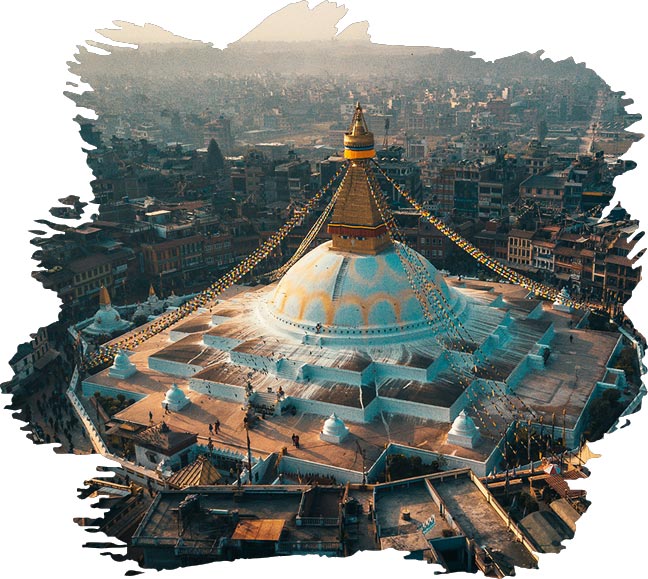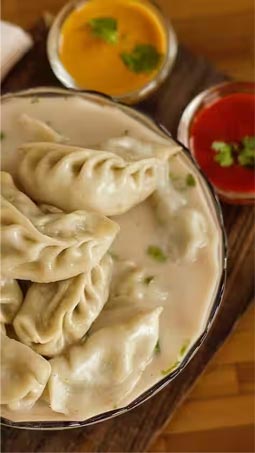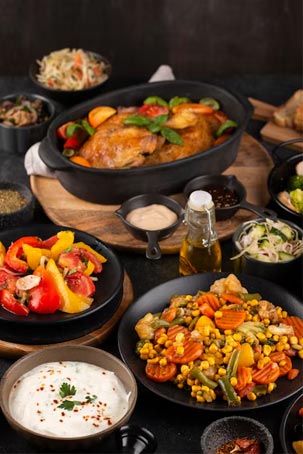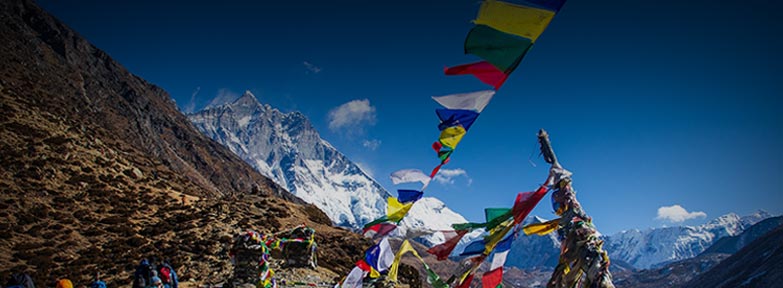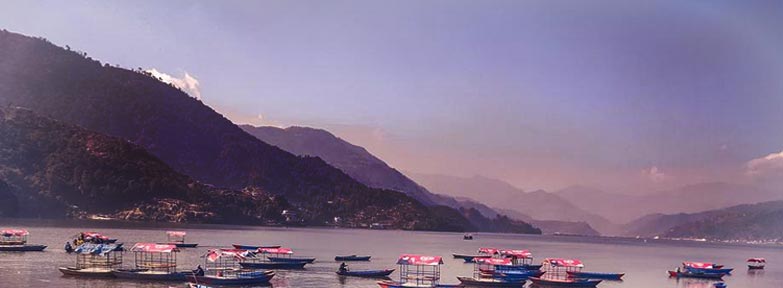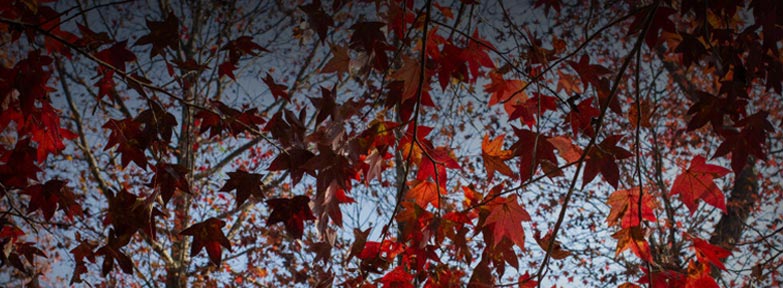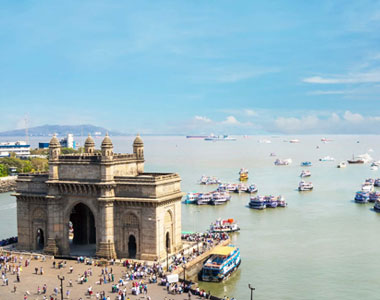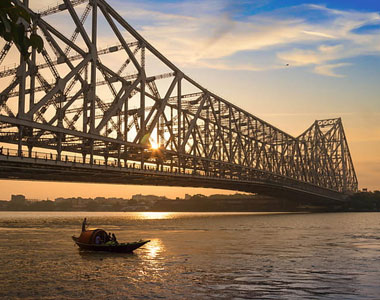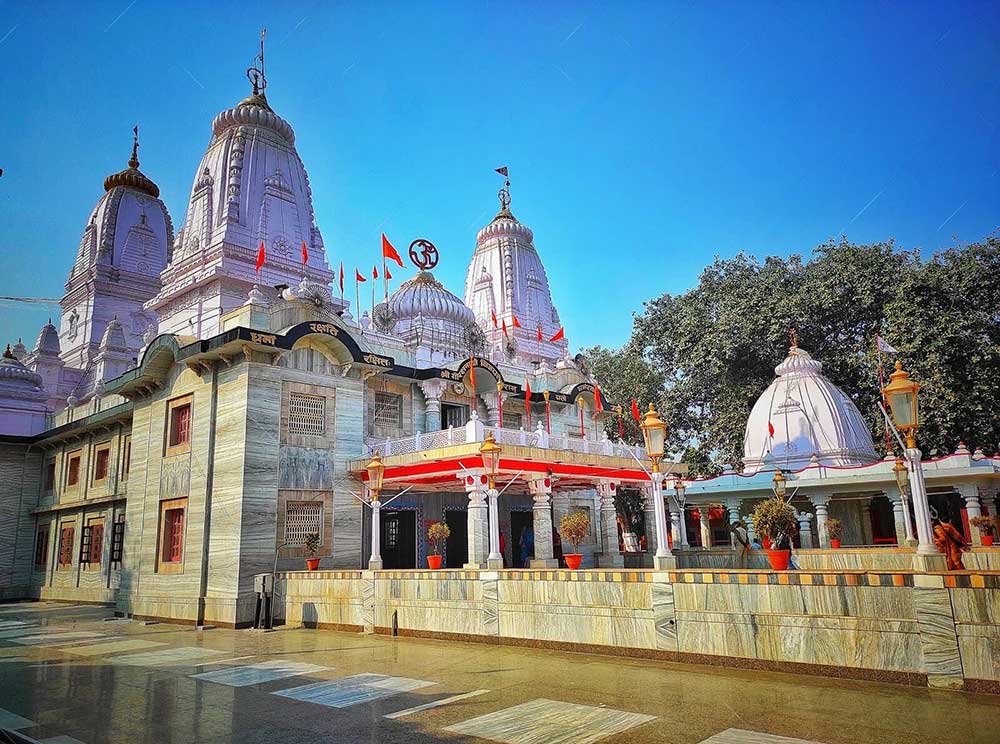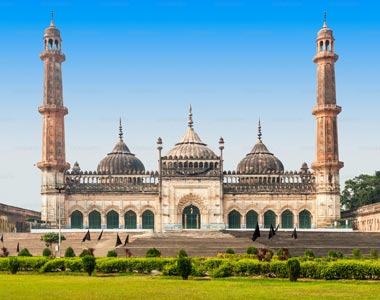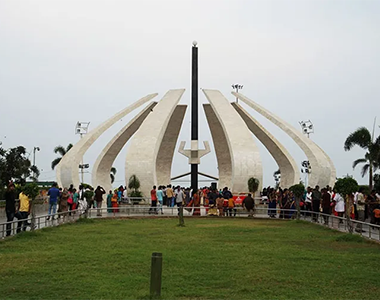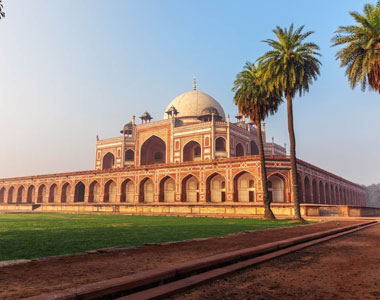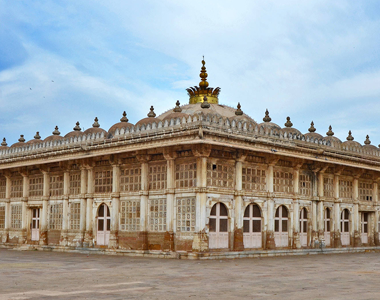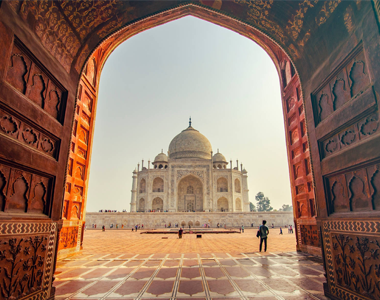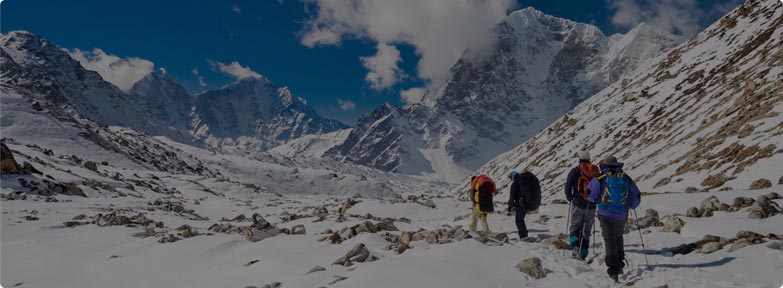
Located in the lap of the Himalayas Nepal is one of the most picturesque countries in the world. It is also a very culturally rich and hospitable nation. The country has world’s eight highest mountain peaks including Mount Everest which makes it a perfect destination for many trekkers and adventure enthusiasts. Other than its mountains, Nepal embraces spiritual tourism in places like Lumbini which is Lord Buddha’s birthplace as well as city tours to vibrant places like Kathmandu and Pokhara where ancient temples and colorful festivals come alive.
At Ashirwad holidays, we bring you the expertise of more than 14+ years in crafting unique travel experiences in Nepal. Our team of destination experts are trained & equipped to design your travel itineraries that will take care of all your needs & interest, whether you want go on a trek of ABC (Annpurna Base Camp) & EBC (Everest Base Camp), or want go on an elephant safari in Chitwan National Park or want to explore the local culture & food at Kathmandu & Pokhara, you name it we have it all.
This travel guide comes handy with information that you require in preparing for your trip to Nepal like best time to visit, things to do at Nepal, places you should not miss during your trip to Nepal and lot more. If you want to know everything about Nepal and want to plan the best tour for you & your family, this our guide presents details which will be quite helpful to you on such a trip.
Plan your next trip to Nepal with confidence with us. Our secure & easy booking options, verified reviews, and personalized service ensure a seamless travel experience. Book their tour now and enjoy the beauty of Nepal and its rich culture.

